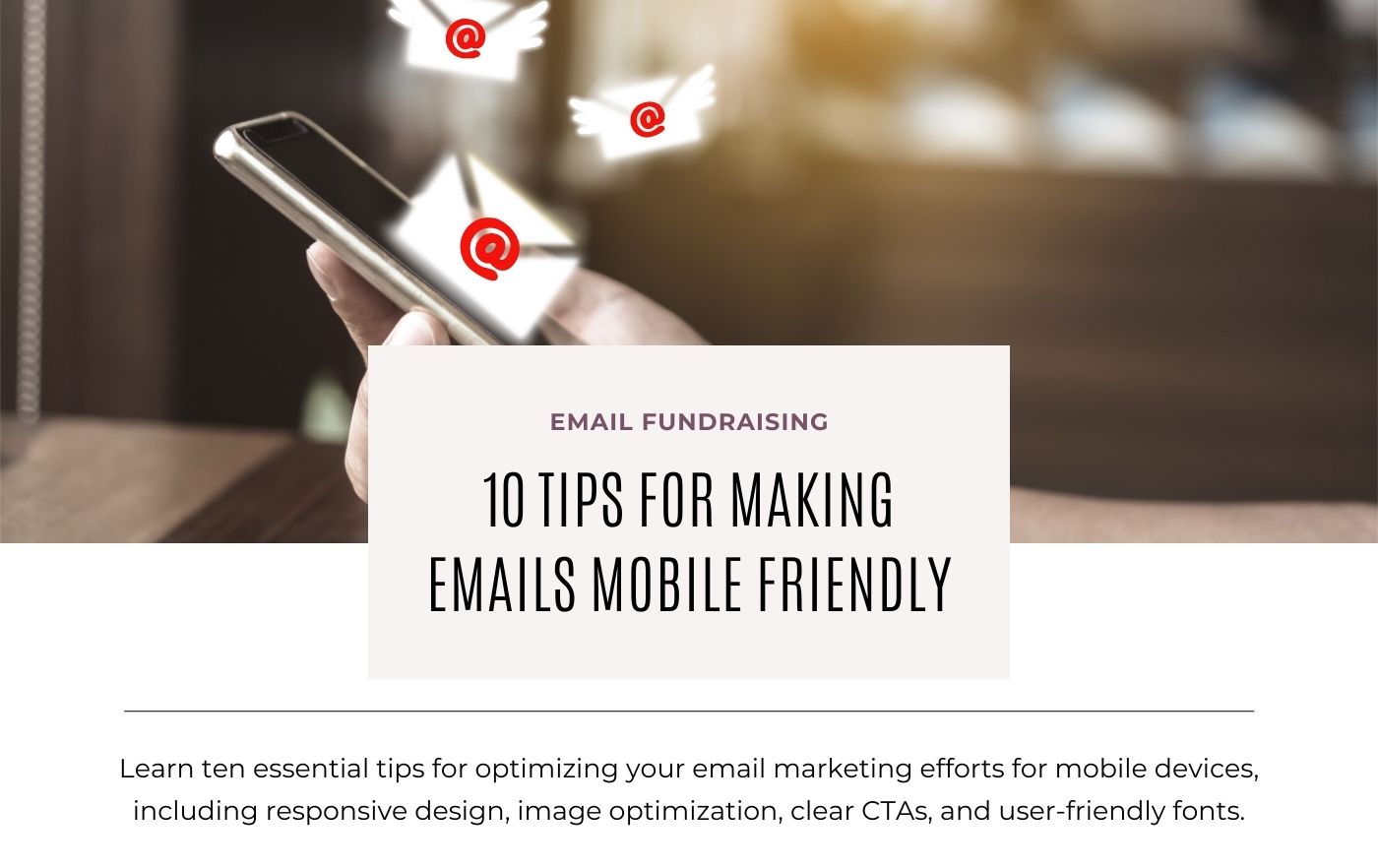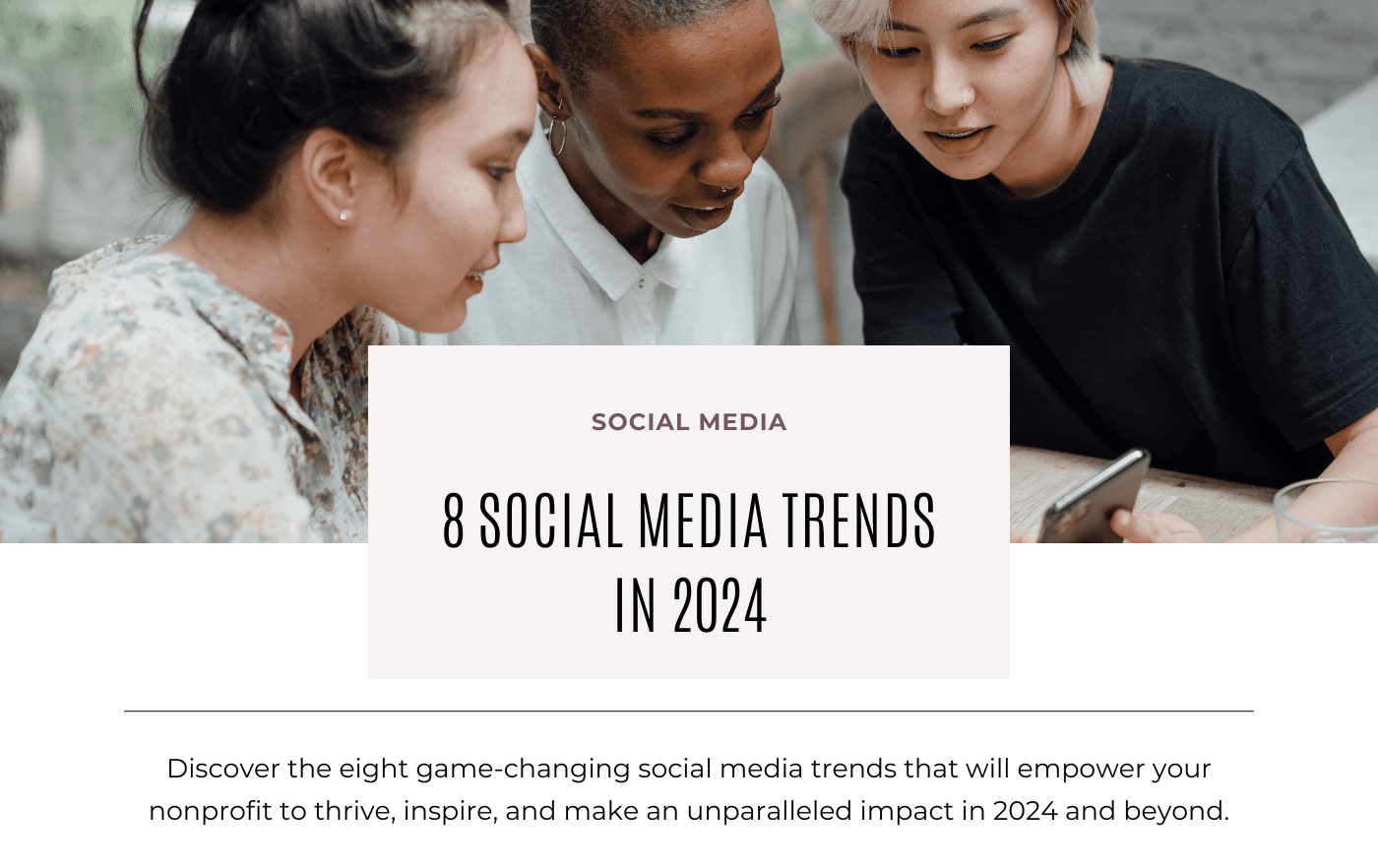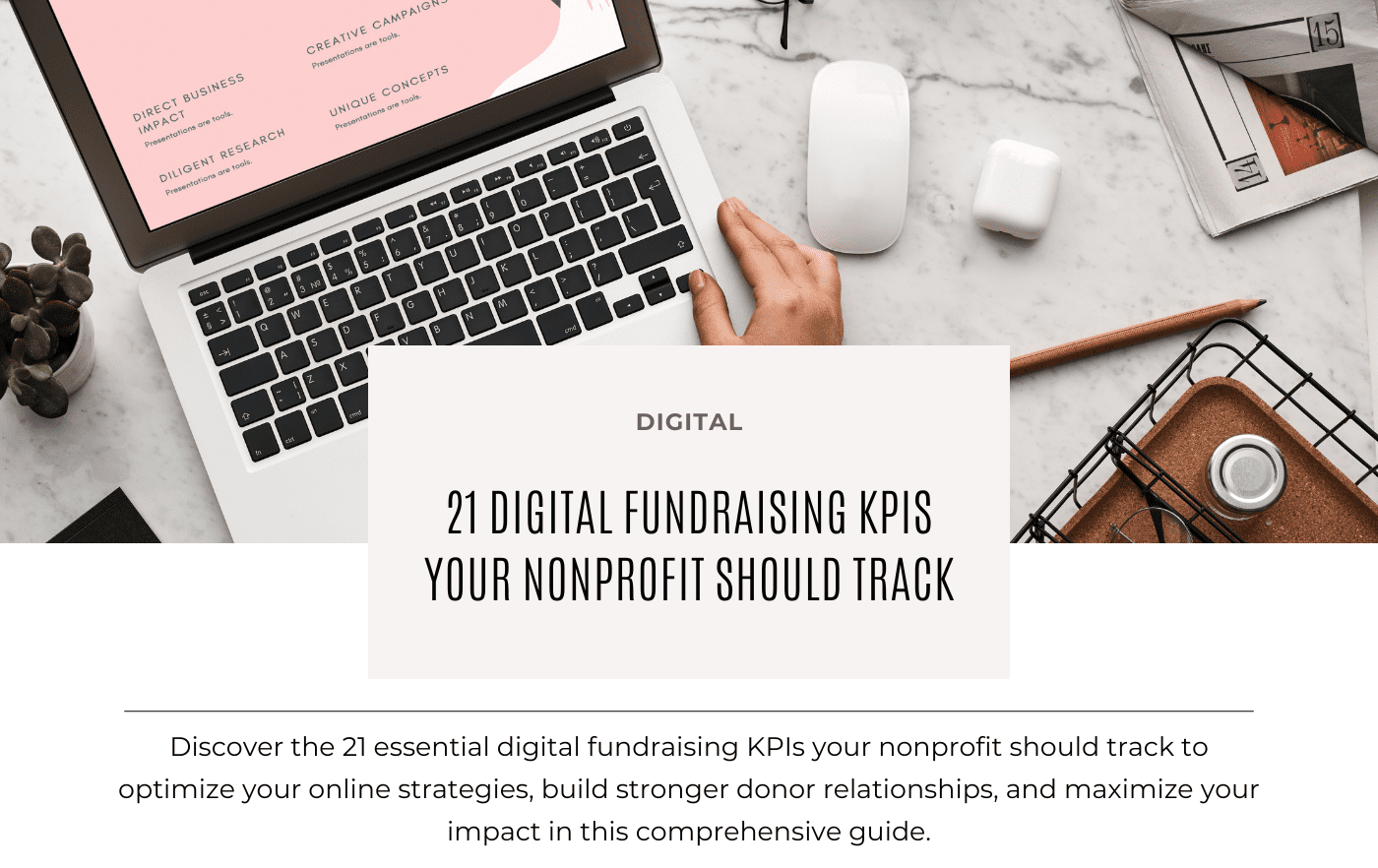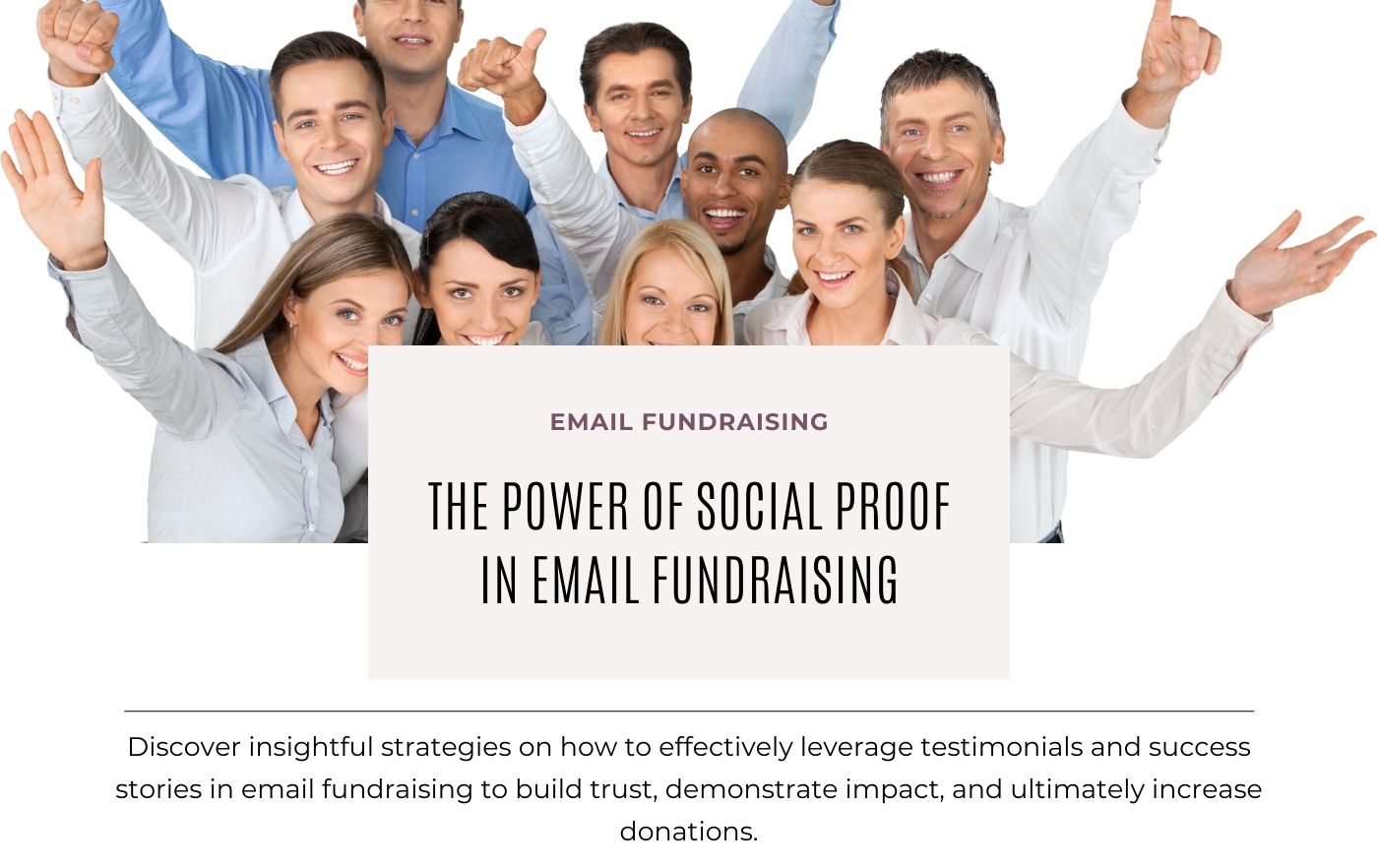It is likely that you chose to work in a nonprofit organization because you believe in the mission your organization serves and want to make a difference in the world for good. In fact, you may be tempted to feel that marketing is a sort of necessary evil that takes away from the real mission you are trying to achieve. However, marketing your nonprofit is a very important part of achieving its mission, and by recognizing how marketing achieves those goals, you can come to understand how to communicate better with potential donors and volunteers. This guide will provide insight into how your nonprofit marketing can better realize your mission and help drive the your organization’s success.
Branding Is Not Just for Commercial Organizations
If soda is mentioned, it is likely that you recall one or the other of the major name brands. Those companies have worked hard to craft their brands so that they are the one of the first things to come to mind when soda is mentioned. In the same way, your name brand needs to be one of the first things that comes to mind when the issue you address is mentioned.
There are several organizations that donors could give to; why should they give to your nonprofit instead of another? Your marketing should create a clear sense of how your organization is uniquely qualified to address the community’s needs. Giving supporters a clear sense of who you are and what sets you apart is what branding is all about. What specific goal is your organization trying to achieve, and in what ways are you meeting that need in a unique fashion? Provide supporters clear answers to these questions and establish your organization as a clear choice to meet the need.
Differentiating your organization is one of the main goals of branding. Donors don’t often ask directly why they should give to your organization, but in a world of scarce resources, we are always looking for the answer to that question.
There are three main ways nonprofits differentiate themselves:
- The mission. What problem is your nonprofit trying to solve? Draw attention to individuals affected by this problem and the impact your organization has made on their lives. Research shows that people are more inclined to respond to the needs of individuals than groups of people. Branding may be used to highlight the people being affected by the problem being addressed and how your organization is alleviating it.
- The method. Perhaps your organization is addressing a common problem in an innovative way. Almost every nonprofit approaches problems from slightly different angles, and this can be used to set your organization apart from others. If the solution is truly unique and follows a new approach, this can go a long way toward setting your organization apart in the minds of supporters.
- The location. If your nonprofit is working locally, it is extremely important to highlight that fact for supporters. We are all naturally inclined to want to see problems solved for our neighbors first, so emphasizing that you meet local needs should be a priority if that is true for your nonprofit. If your organization is working in another location, it is key that you make that area and its people and their needs relatable to the people back home who will be supporting your mission. Again, look to highlight individuals rather than a group of people, and make clear why this area needs the solution you provide.
One of the reasons you chose to work in the area your nonprofit addresses is because you believe in that cause, and you believe in your organization’s ability to address the needs of that challenge. Branding is your opportunity to share that passion with others and help instill in them the same passion to work toward the goal you have. Sharing that passion is the essence of branding, and when done well it communicates that excitement and urgency to succeed.
Email Marketing Should Be a Staple of Every Nonprofit
Remaining at the forefront in supporters’ minds is important for retaining supporters over the long run. Email marketing allows you to do just that for an insignificant cost. A regular reminder that the nonprofit remains at work meeting the needs of the mission inspires supporters to want to be a part of that work and to help see it succeed. When done well, a continuous email campaign can retain supporters, help draw in new donations, and reinforce the brand of the nonprofit.
Segmenting the organization’s email campaigns is vital to getting the maximum impact for your effort. New supporters must be reached as soon as possible. Surprisingly, this is an area where many nonprofits fail; 37 percent of nonprofits fail to send any emails to new subscribers in the first 30 days after they sign up. Brand new subscribers are the most engaged with your organization, and special effort should be made to contact them as soon as possible to welcome them to the organization and provide follow-up opportunities to learn more and contribute to the nonprofit’s success. Consider having a series of emails that automatically goes out to new subscribers over the first few weeks after they sign up.
Current supporters should be further segmented as well. Frequent donors do not need the same letters as those who have not donated in a while. If a donor hasn’t contributed recently, it may be a sign that they are drifting away from the nonprofit. Have a plan in place to reestablish these donors and let the emails sent to them be a part of the specific strategy to rebuild their engagement with your nonprofit.
Even those who frequently donate should be segmented further. Donors who contribute to a particular program should receive emails that highlight the needs and successes of that program as well as making them aware of other programs providing similar benefits. Donors who give frequent smaller donations should be approached somewhat differently than those who give large donations, but less frequently.
Email marketing also allows you to test new approaches and methods at almost no additional cost. Use your email marketing to test which headlines draw the most attention, which pictures elicit the most responses, which approach works best for getting people to respond to requests for volunteers. By correlating responses received with slightly different emails sent, you can get a firm grasp on the needs of your audience. This can translate well into direct mail fundraising campaigns and result in far greater impact from your message.
When talking to others about the nonprofit, you automatically adjust how you present the mission and efforts of the organization to match the person or group you are addressing. You would not consider giving the same speech to a class of fifth-graders that you present at the Chamber of Commerce. Think of email marketing as a regular opportunity to catch up with regular supporters, welcome new supporters, and communicate with different people associated with your organization.
Social Media Marketing Is the Exciting Way to Stay in Touch
There are so many ways to optimize a social media campaign that it can be intimidating for those who don’t have the specialized expertise of search engine optimization and online marketing to wade into. There are many simple ways a social media campaign can be tailored to get the best results for your nonprofit. You don’t need any special degree to get more from your social media marketing – you don’t even have to be a millennial!
Visual storytelling should be foremost in any social media efforts. The brain processes visual information much faster than text, and in today’s information-rich environment, getting that information across quickly is essential to effective communication.
Almost every post on social media should contain at least some graphic that communicates something about your organization. A photo is a simple way to establish the success of a recent event. A short video can capture a viewer’s attention and engage them with your mission more effectively than almost any other media. Infographics and graphs can communicate a great deal of information at a glance. Visual aids don’t merely engage your current supporters, they also help draw attention from those who aren’t yet actively supporting your mission. Tweets with images are retweeted more often than those without – by 150 percent! Make the most of your social media campaign by relying heavily on graphics.
Engage regularly on social media and respond to comments. By regularly posting, you create an opportunity to be noticed. Stage several posts ahead of time and disburse them over time to ensure that your organization has a regular presence on the social media networks.
It also pays to take the time to respond to comments regularly on social media. Users feel a real sense of connection with people who answer and respond to them on social media. Use this to your advantage by thanking those who take the time to comment or share your organization’s posts. However, it is important to keep things positive. Offer to discuss problems people bring up privately if they seem contentious. Always maintain a positive atmosphere and don’t be afraid to delete comments or even block users who seem determined to cause trouble.
Spread your message widely. While Facebook has over 2 billion users now, that means that 5 billion people still do not have Facebook accounts. Instagram, Twitter, LinkedIn, Pinterest, and many other outlets exist communicate with supporters. Don’t get pigeonholed into one social media stream and ignore the rest.
Think of social media as your way of communicating the organization’s needs and successes with family and friends of the organization. This medium allows you to keep everyone up to date on what is occurring in your nonprofit and helps keep it at the top of everyone’s thoughts.
Regularly Scheduled Events Build Community
You might not immediately think of regular events as part of your marketing, but they help establish your organization as a part of the life of a community and set your nonprofit apart from other similar organizations. While selling cookies is an important fundraising event for the Girl Scouts every year, it is arguable that the greater benefit to them is the brand awareness provided by the annual event. In the same way, by establishing events in your nonprofit, you can serve both to raise funds and to market your organization in a memorable way.
Benefit auctions are one popular way of creating a meaningful impression of your nonprofit. These can range from the serious to the silly. White elephant auctions bring donations of hideous gifts nobody would ever want to receive and auction them off to benefit the organization. Since the proceeds are going to a good cause, everyone can enjoy a good laugh at the prices fetched by the hideous pieces. This creates a lasting memory of the event that can’t be replicated easily by other means.
On the other hand, soliciting donations of valuable items and services can propel a benefit auction to a serious level of giving that not only benefits the nonprofit financially, but also creates an impression of the organization.
Yearly galas can be an opportunity to showcase some of the major success of the previous year and acknowledge donors who contributed above the norm. These events not only draw in current supporters, but can be a key way of reaching new donors as well.
When planning an event, think beyond just the fundraising potential and work to create an event that leaves a lasting impression. Set your organization apart by the special events it holds and market your nonprofit without seeming to do so.
Keep the Goal in Mind
When marketing your nonprofit organization, the ultimate goal is to reach supporters and give them the encouragement to continue working to succeed at the mission. By clearly communicating the reasons your nonprofit is best situated to answer the call and showing the organization’s current efforts and successes, you create an impression in the minds of your supporters that will draw them into continuing their support for your nonprofit for years to come.
Nonprofit Marketing Articles
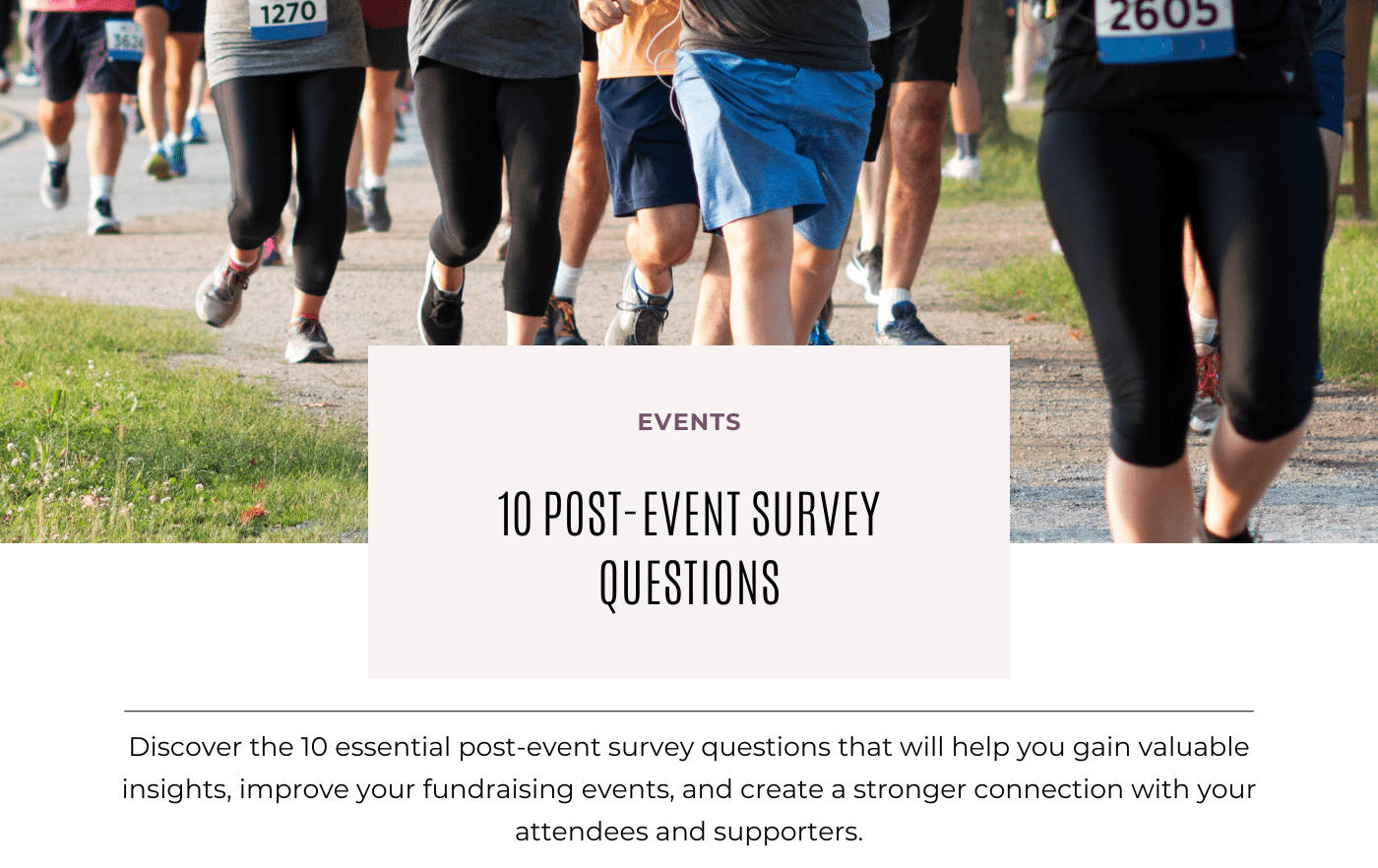
10 Post-Event Survey Questions
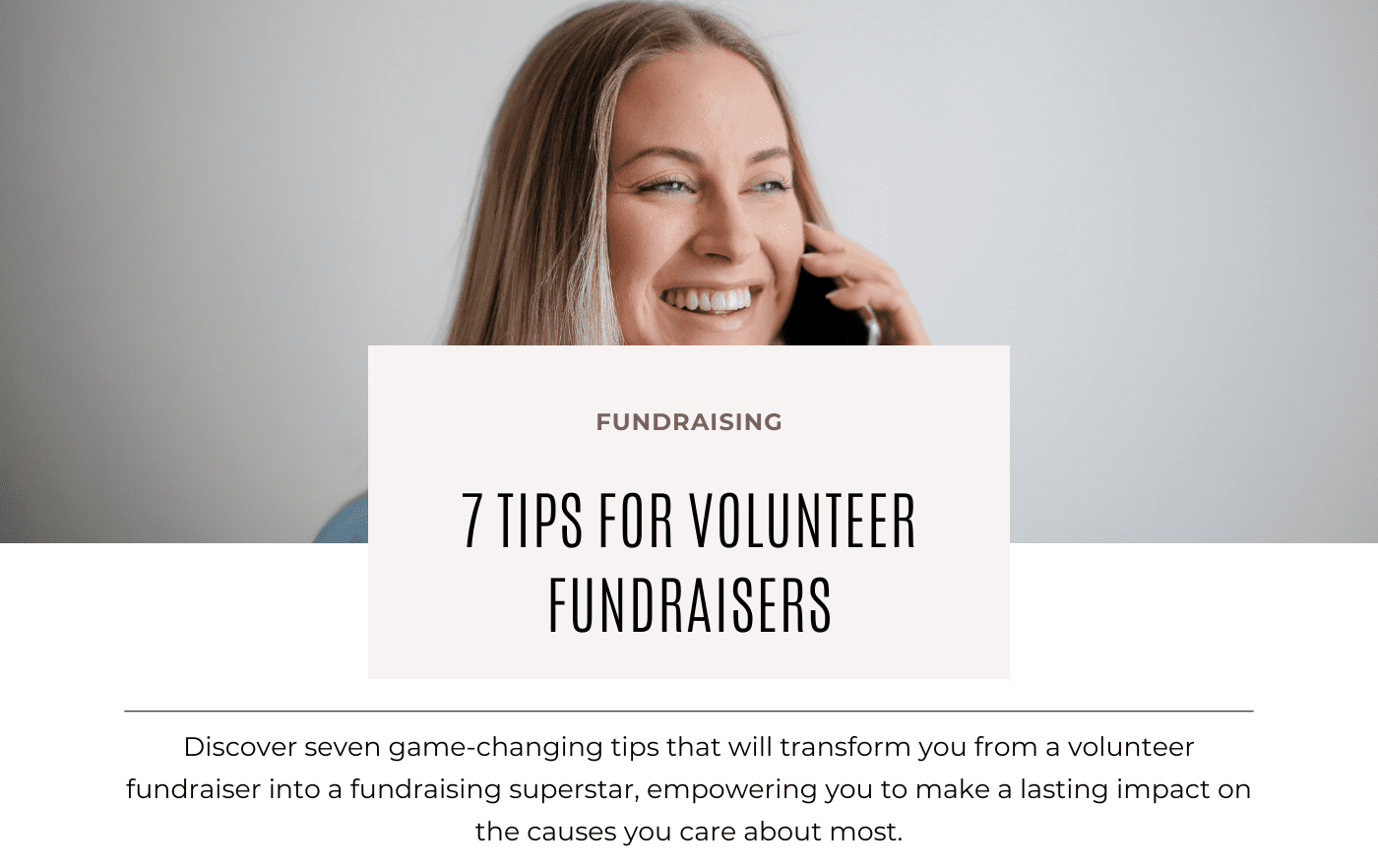
7 Tips for Volunteer Fundraisers
